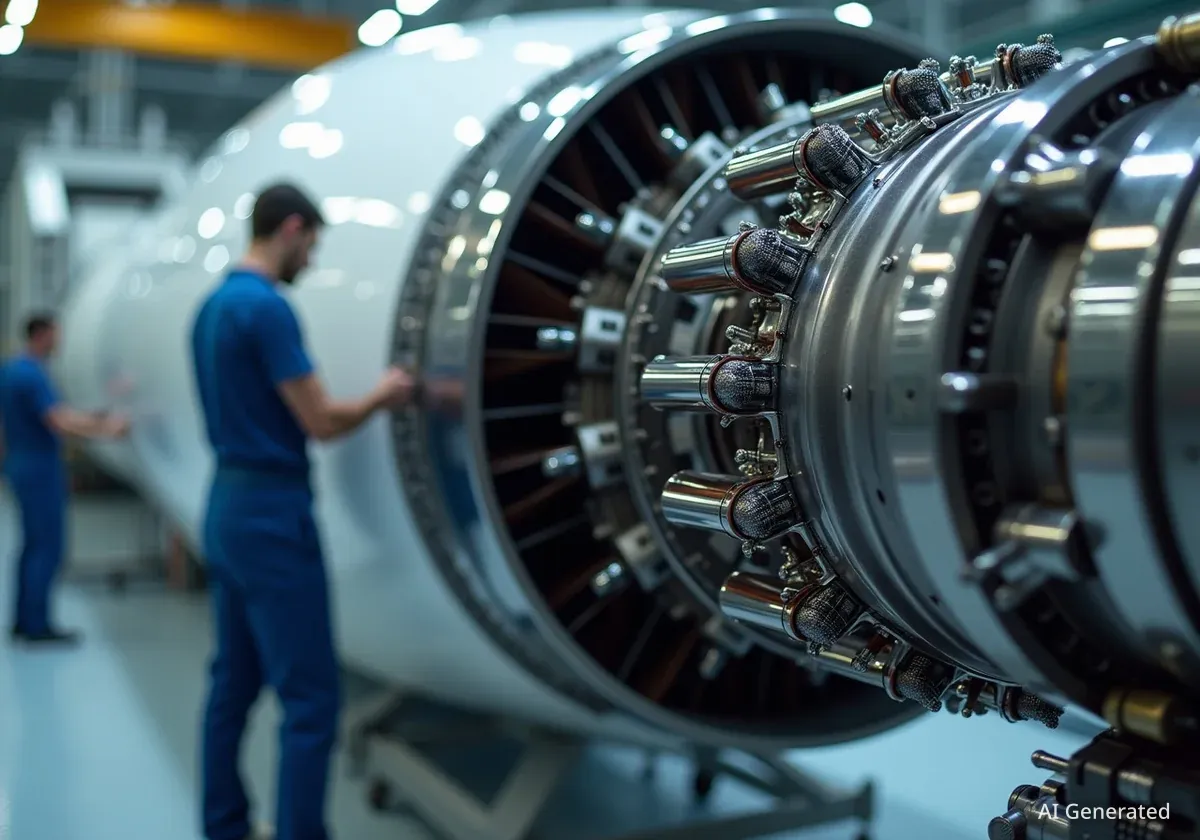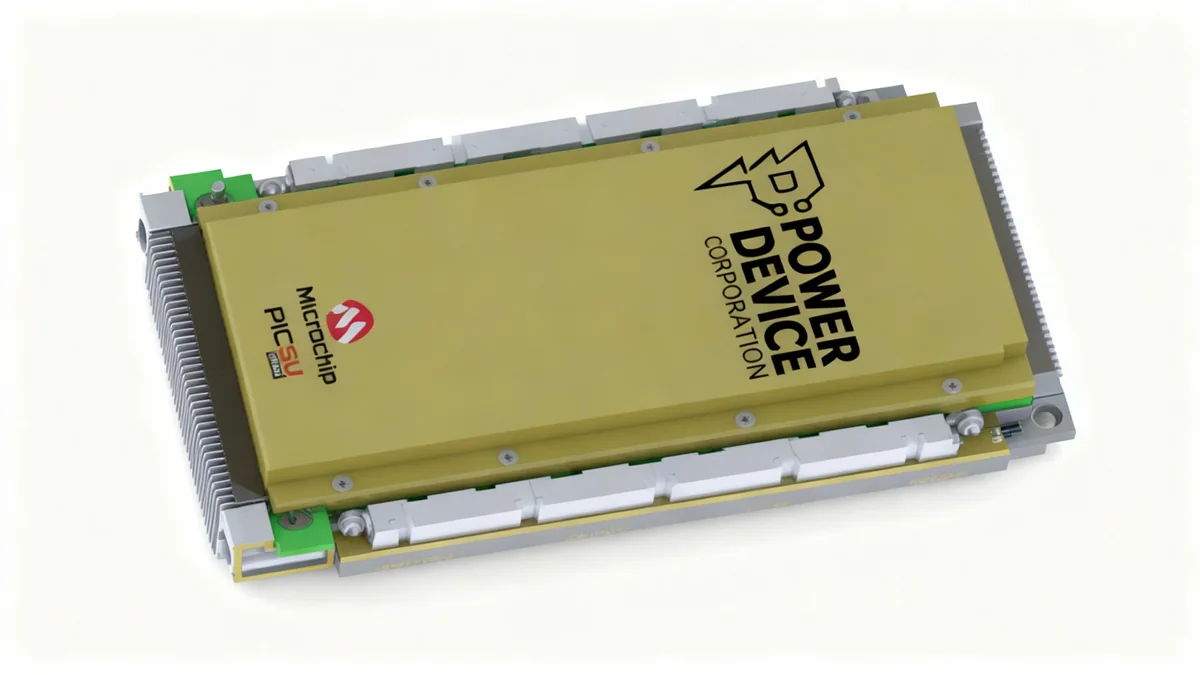The European Space Agency (ESA) and Italian aerospace company Avio have formalized a significant partnership aimed at developing a reusable upper stage for future European rockets. The two organizations signed a contract valued at 40 million euros to initiate the preliminary design and technology development phase for this advanced system.
This two-year agreement, finalized during the International Astronautical Congress (IAC) in Sydney, marks a strategic investment in Europe's next-generation launch capabilities. The project will focus on creating a versatile upper stage that can return from orbit, be refurbished, and used again, a key objective for reducing the cost of space access.
Key Takeaways
- ESA and Avio signed a 40 million euro, two-year contract for the initial design of a reusable upper stage.
- The project focuses on developing critical propulsion and reentry technologies.
- Innovations from this program are expected to benefit the upcoming Vega E rocket in the short term.
- The reusable stage is designed to be adaptable for use on various future European launch vehicles, not just the Vega family.
Details of the 40 Million Euro Agreement
The contract signed between ESA and Avio allocates 40 million euros (approximately $47 million) to a two-year initial development phase. This funding is dedicated to advancing the core design of a reusable upper stage and maturing the essential technologies required for its operation. The agreement was officially signed on September 29 at the International Astronautical Congress, a major global gathering for the space community.
Giorgio Tumino, the chief technical adviser for space transportation at ESA, explained that the work will concentrate on two primary areas: propulsion systems and reentry technologies. These are fundamental challenges in creating a vehicle that can not only perform its mission in orbit but also survive the intense journey back through Earth's atmosphere.
The project is structured to deliver both long-term and short-term benefits. While the ultimate goal is a fully reusable system, the technological advancements made during this phase will be directly applicable to current and near-future projects within Europe's launch vehicle programs.
Project at a Glance
- Partners: European Space Agency (ESA) & Avio
- Objective: Design a reusable upper stage for rockets
- Contract Value: 40 million euros ($47 million)
- Duration: 2 years (initial phase)
- Key Technologies: Propulsion and Reentry Systems
Strategic Importance for the Vega Rocket Family
A key aspect of this initiative is its immediate relevance to the Vega family of launchers, which Avio is the prime contractor for. While the reusable stage represents a future capability, the propulsion technologies developed under this contract are planned for integration into the upcoming Vega E rocket.
The Vega E is an evolution of the current Vega C launcher. It is designed to feature a new cryogenic upper stage that will replace the third and fourth stages of its predecessor. According to Tumino, this new development program is shaped to serve these immediate needs.
“We have shaped this activity in such a way that it prepares the long-term application of reusability, but it also serves the short-term needs in the upcoming products in the Vega family,” stated Giorgio Tumino of ESA.
This dual-purpose approach ensures that the investment yields tangible results quickly, enhancing the performance and capabilities of the Vega E while simultaneously paving the way for a fully reusable system in the future. Marino Fragnito, chief commercial officer of Avio, echoed this sentiment.
“It’s about preparing for the future and, at the same time, there is the opportunity to have these new technologies ready for the Vega family,” Fragnito said.
By leveraging the research and development for multiple purposes, ESA and Avio are maximizing the efficiency of their investment and accelerating the pace of innovation within Europe's launch sector.
A Versatile Platform for Future European Launchers
Officials from both ESA and Avio emphasized that the reusable upper stage is not being designed exclusively for the Vega rocket. Instead, the vision is to create a flexible and adaptable system that could be integrated with a variety of European launch vehicles in the future.
“We are really preparing for all the different options with this activity,” Tumino explained. This forward-looking strategy positions the technology as a potential cornerstone for a new generation of European launchers, including those that may emerge from the private sector.
Supporting NewSpace in Europe
The development could also benefit startups participating in initiatives like the European Launcher Challenge. This competition is designed to foster innovation and support the development of new launch vehicles by emerging European companies. Many of these concepts are based on reusable first stages, and a standardized, reusable upper stage could provide a crucial component for their systems.
This modular approach reflects a broader trend in the space industry towards more collaborative and standardized systems. By developing a reusable upper stage that is not tied to a single rocket, Europe can foster a more dynamic and competitive launch ecosystem. It allows for greater interoperability and provides smaller companies with access to advanced technology that might be too costly to develop independently.
European Efforts in Reusable Technology
The ESA-Avio project is a significant step, but it is not the only European initiative focused on reusability. The continent's space industry has been exploring various concepts to compete with international players who have successfully implemented reusable rocket technology.
Three years prior to this announcement, at the IAC in Paris, ArianeGroup unveiled a concept named Susie (Smart Upper Stage for Innovative Exploration). Susie was presented as a reusable upper stage for the Ariane 64 rocket that could also function as a crew or cargo transport vehicle, capable of returning from orbit and landing on a runway.
In November 2023, ArianeGroup announced it was beginning tests on a small-scale demonstrator of the Susie concept. However, comprehensive updates on the project's progress have been limited since that time. The new contract with Avio indicates a multi-pronged approach by Europe to master reusability, exploring different designs and partnerships to secure its future in space transportation.
The development of reusable systems is widely seen as critical for remaining competitive in the global launch market. By reducing the cost per launch, reusability opens up space for a wider range of commercial, scientific, and governmental missions. This new project between ESA and Avio represents a focused and funded effort to build this capability within Europe.





